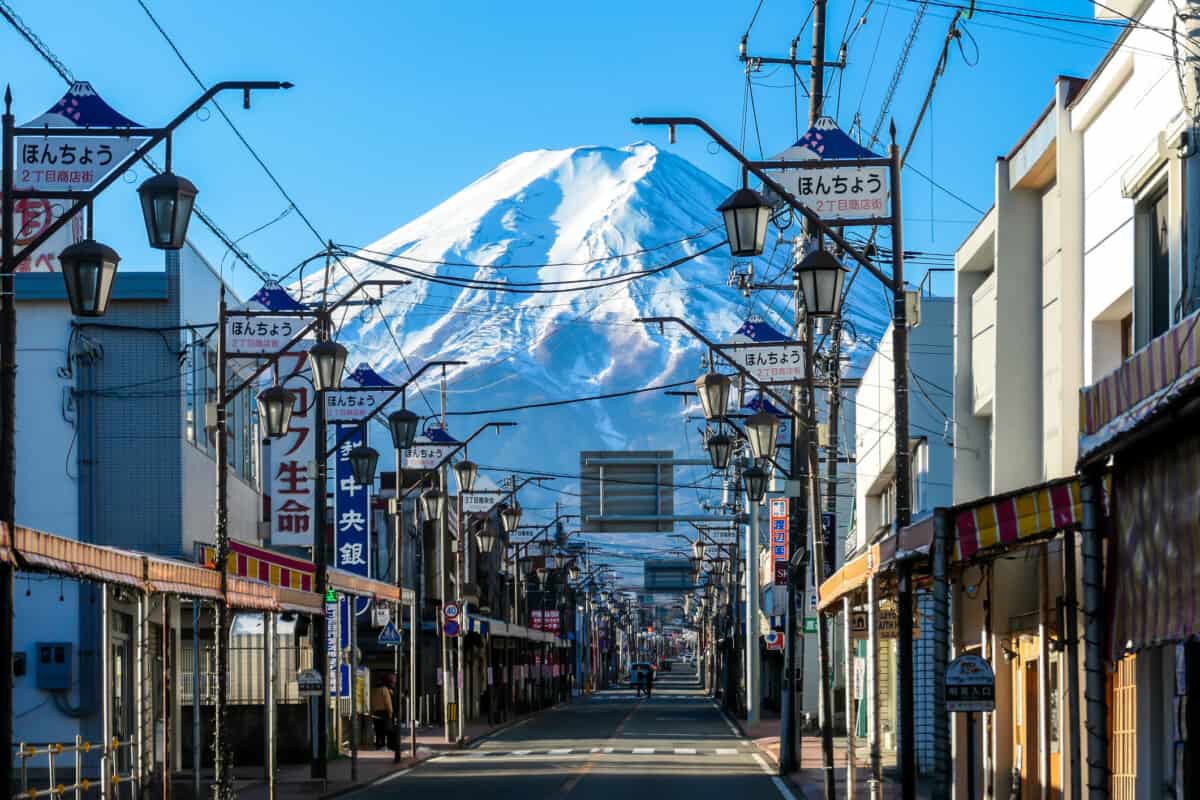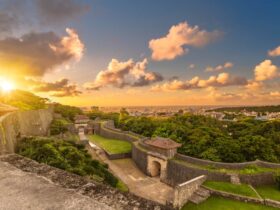Whether you are looking to avoid the volcanic regions of Japan for safety concerns or visit them as a curious tourist attraction, Japan is home to several geographically interesting hydrothermal areas.
The volcanic activity in Japan has caused a lot of destruction and disaster to local communities over the centuries but the volcanoes themselves are not something to shy away from and trips and tours to the volcanic regions of Japan have increased over the past years as more and more tourists become interested in the geography of Japan.
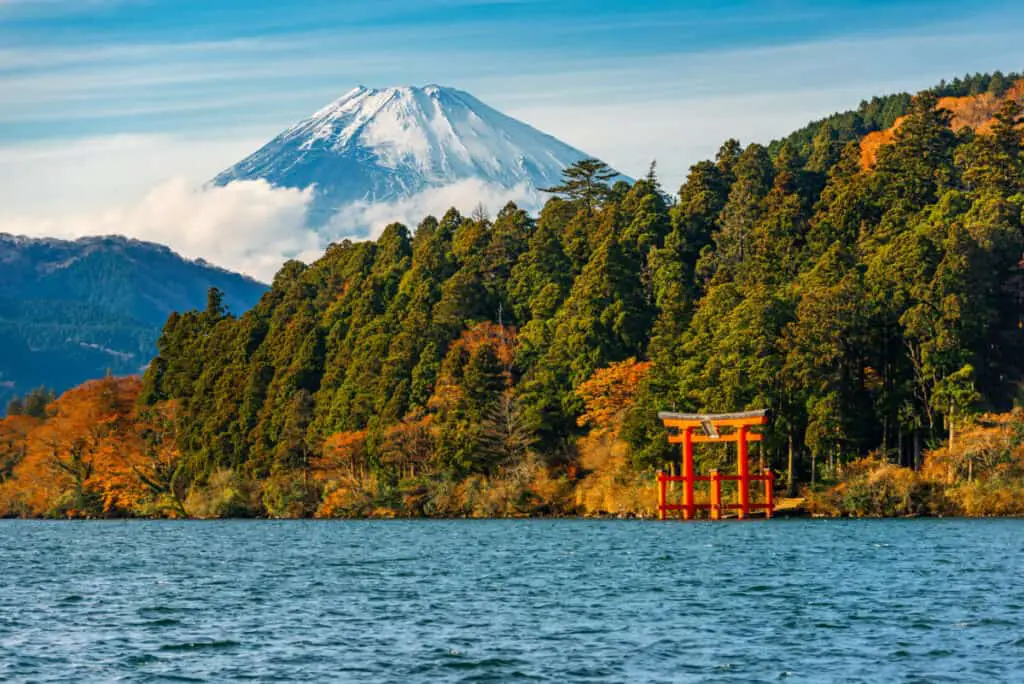
In Japan, there are currently 110 active volcanoes and active thermal zones (hell valleys). Almost 50 of them are being actively monitored because they have recently erupted or showed alarming indications such as seismic activity, surface deformation, or large-scale smoke emissions.
Japans Most Active Volcanic Mountains and Regions:
- Mount Fuji
- Mount Aso
- Kirishima Mountain Ranges
- Jigokudani
- Noboribetsu
- Beppu
- Mount Meakan
- Mount Esan
- Daisetsuzan
- Zao Mountain area
- Sakurajimi
These volcanoes and thermally active areas not only offer an insight into the understanding landscape of Japan but are also interesting places to spend time thanks to hiking trails and the hot springs (Onsen) that have been built for use by the people within Japan and its visitors.
So, if you are unsure of where to visit in Japan but want to do something out of the ordinary then visiting the hydrothermal active zones in Japan is a fascinating area to explore and learn about Japan’s unique geographic features.
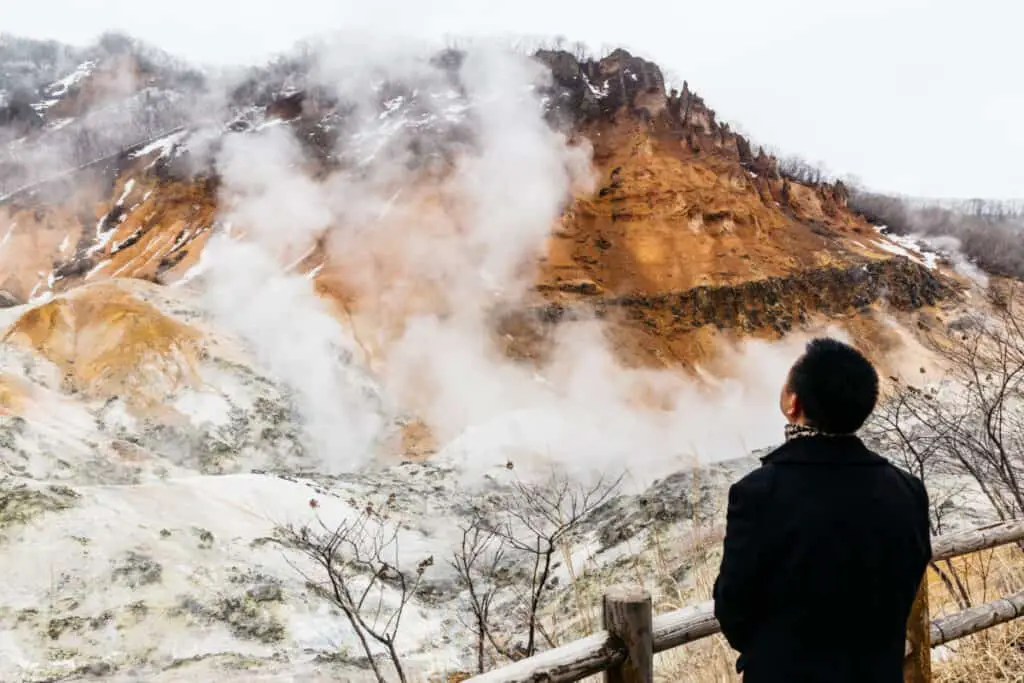
Some of the best regions for volcanoes are the Kanto, Tohoku, and Hokkaido regions of the country. Mount Fuji is by far the most famous and popular volcano in the whole of Japan and is visited by thousands of people from all over the world every year.
The warning system
When living near a volcano it is very important that the local authority has a warning system that works and is known to the locals. This is done to ensure that everyone living within a certain distance of the volcano is safe and can evacuate from the area if need be.
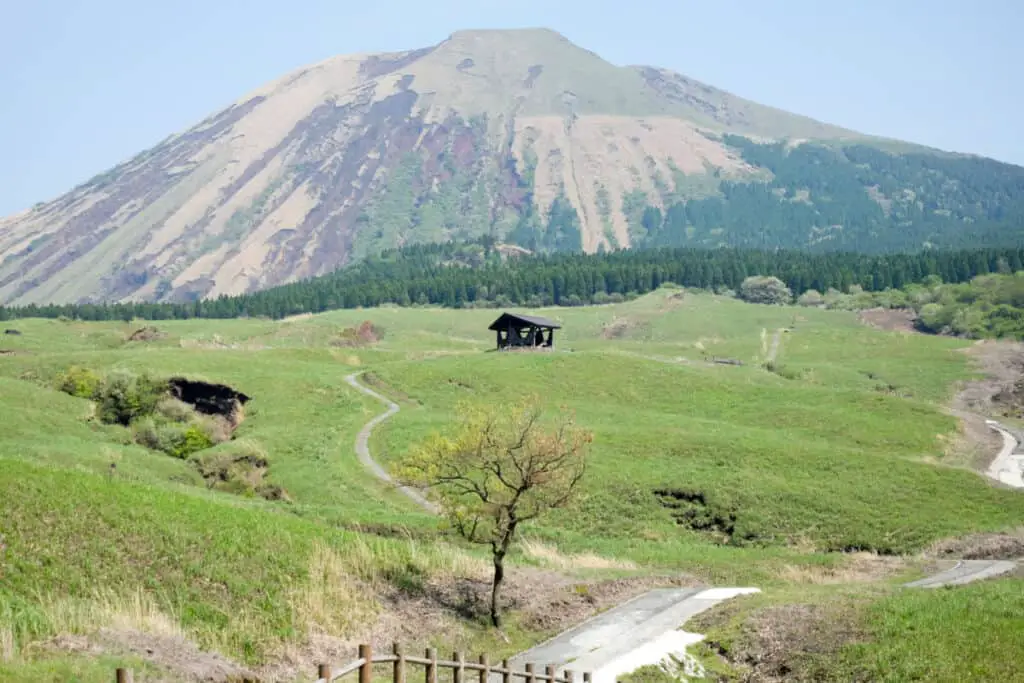
In Japan, volcanic activity is monitored by the Japanese Meteorological Agency and is made up of five different levels. This ranges from level one, which means that there is normal volcanic activity, all the way up to level five which means that people must evacuate from the area immediately.
The levels are as follows:
- Normal activity. Caution must still be taken when in the vicinity of an active volcano.
- No entry is permitted to the crater of the volcano.
- Hiking up the mountain is prohibited.
- People should prepare to evacuate the area.
- Evacuate the area immediately.
Volcanoes
Japan has 10 percent of the world’s volcanoes on its land and there are currently 111 active volcanoes in Japan. However, if we also include the volcanoes that are not active then this total rises to 440. Although the chances of you experiencing a major volcanic eruption in Japan are slim, you can still experience their majesty and power by visiting.
Here we’ll detail some of the best sites to visit in Japan to see a volcano.
Mount Fuji
Standing at a height of 3776 meters (12,388 feet), Mount Fuji is certainly the most popular volcano in all of Japan. Due to its popularity with both locals and tourists, Mount Fuji is now home to some fantastic hiking trails.
In fact, people come from all over the world to admire the beauty of Mount Fuji and to hike up to its summit.
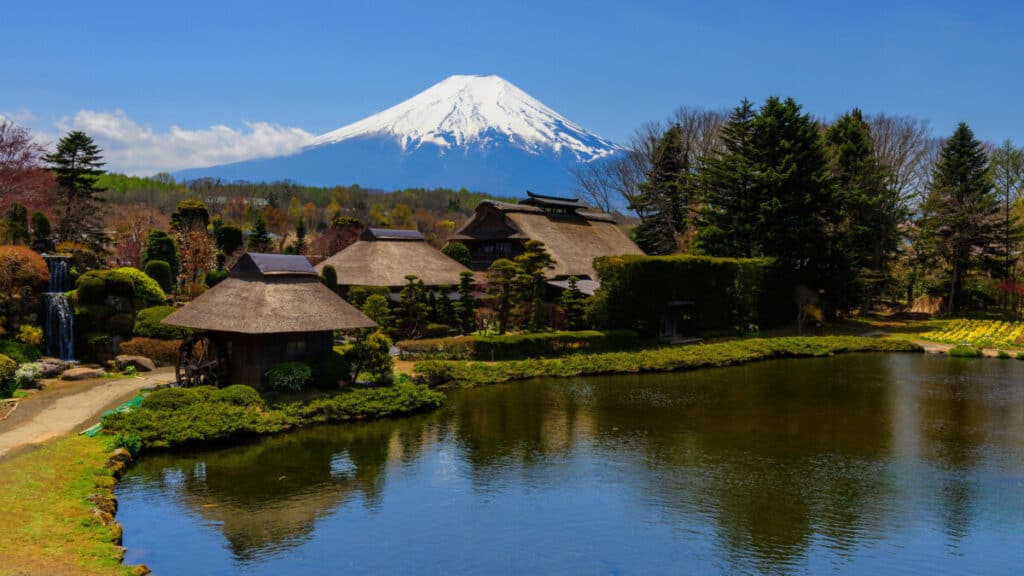
Mount Fuji eruptions in modern times have been nonexistent. As with all volcanoes, there is no way to predict when an eruption could take place.
Every 400-500 years or so, a large eruption occurs. The most recent major eruption, in December 1707, is said to have buried temples and houses around mount Fuji and darkened the noon sky as far as Edo (modern-day Tokyo).
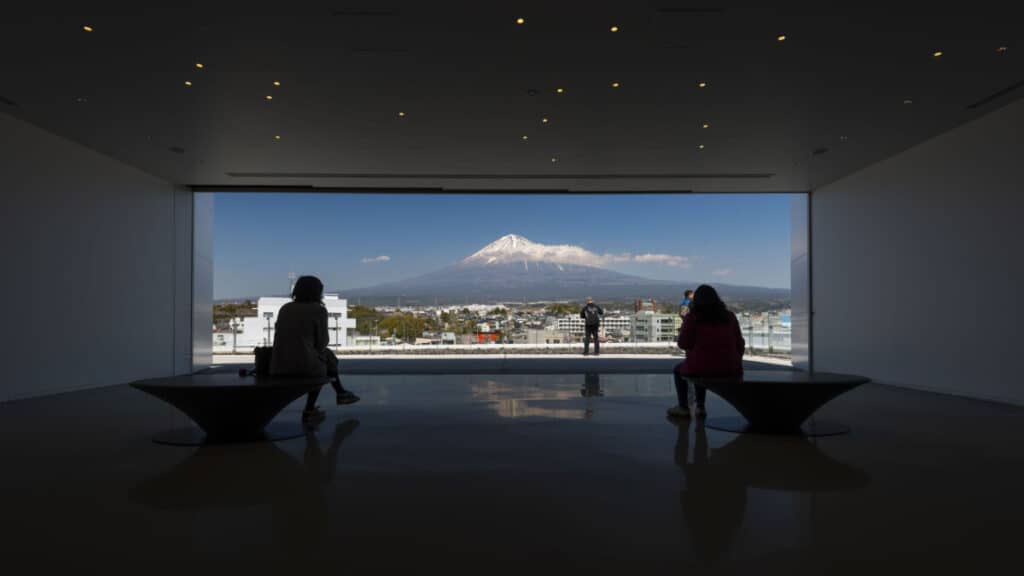
Mount Fuji World Heritage Center Official Site
Although Mount Fuji has not erupted since 1707, it is still an active volcano and scientists monitoring the volcano’s activity have warned people that it is due to erupt and that the effects will reach as far as Tokyo.
Mount Fuji is the most common type of volcano on Earth, an active stratovolcano. This means that the volcano is constructed of layers of hardened lava and has a crater at its peak.
Mount Fuji Activities and Events via Tripadvisor
Mount Aso
Mount Aso Ropeway provided access to the peak prior to the cable car’s closure in April 2016. The crater’s edge is currently served by a shuttle bus. The closure of the ropeway was due to the Kumamoto earthquake and the activity of Mount Aso in recent years.
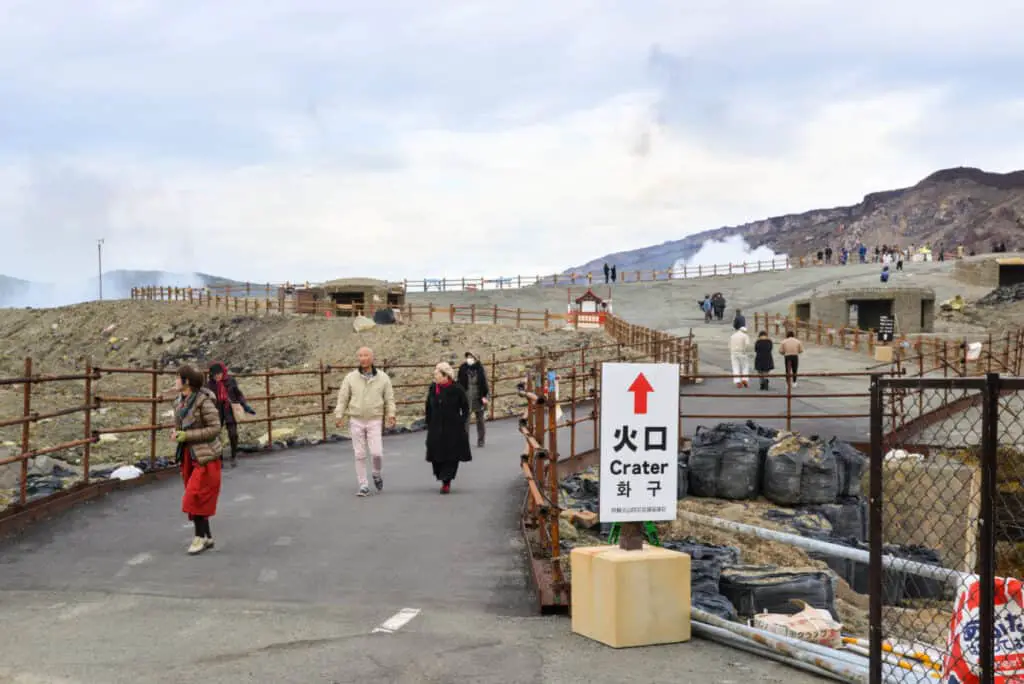
There are also numerous campgrounds and horseback riding at Kusasenrigahama, which are located at the foot of the mountain.
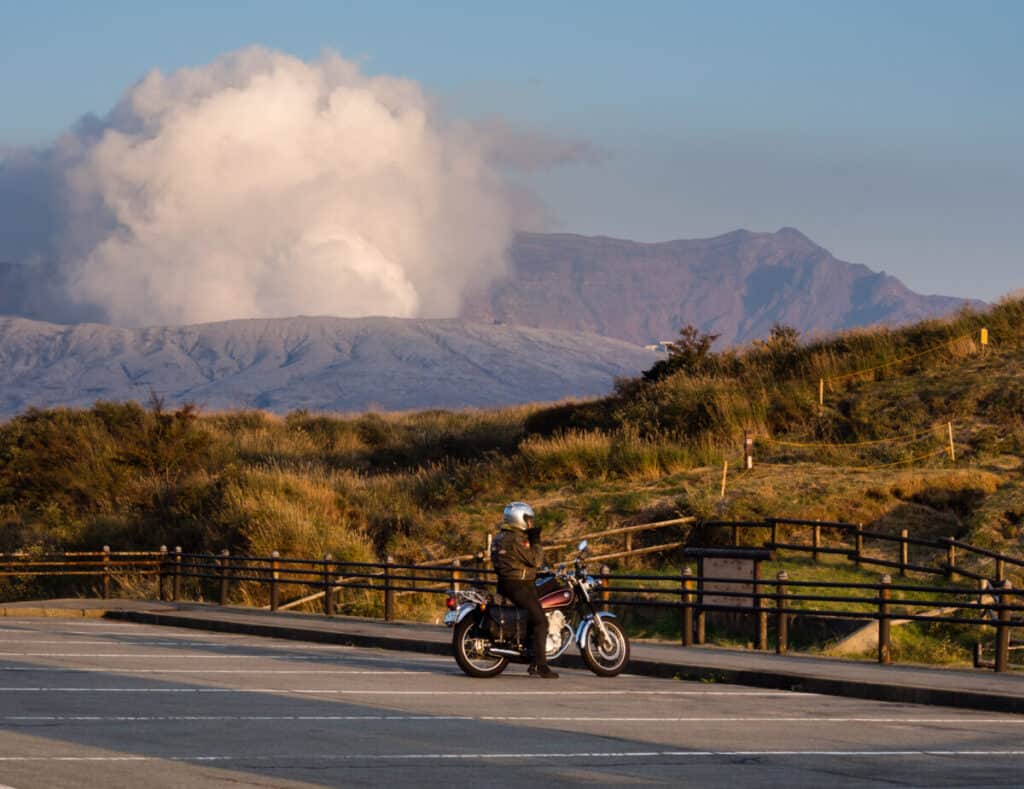
Because Mount Aso is a volcano, the area is rich with onsen hot springs. Within the crater, there are two hot springs linked with Aso Kuj National Park. There is also a Mount Aso Volcano Museum open to visitors to the area.
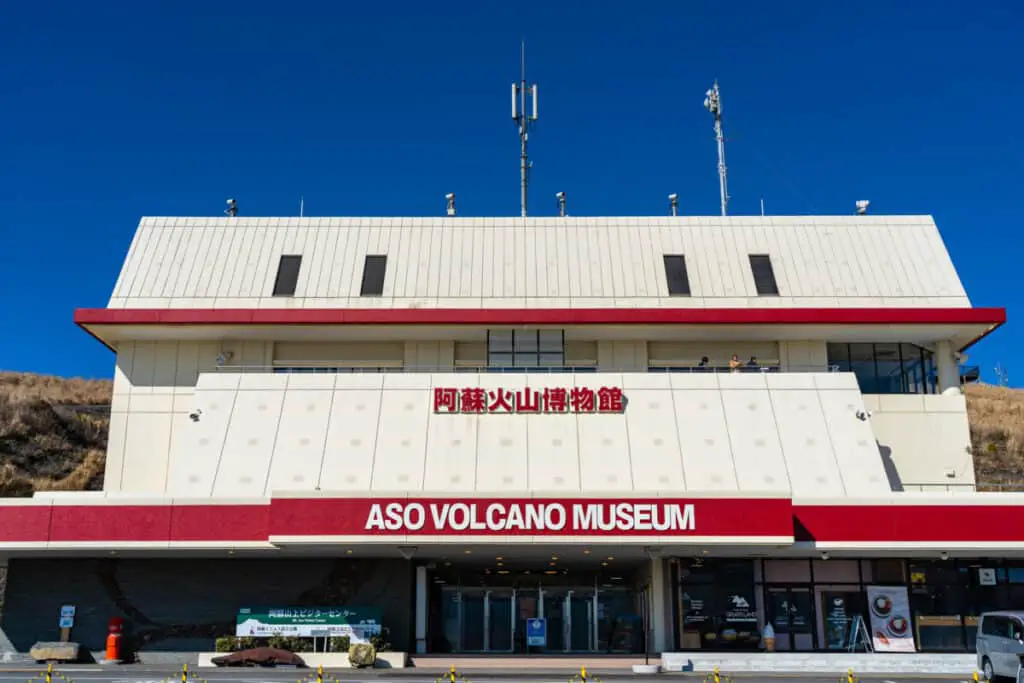
Mount Aso Volcano Museum Official Site
Aso Volcano Museum educates visitors about volcanoes. It’s close to Mount Aso, Japan’s most active volcano. The museum is located in Kusasenri, Kumamoto Prefecture’s Aso city.
Kirishima Mountain Range
The Kirishima Mountain Range is home to one of Japan’s best onsens (hot springs) and has remained popular with tourists for many years.
The mountain range has several volcanic peaks, making it not only visually beautiful to look at but also incredibly geographically interesting as the volcanoes are not overly spread out in the area.
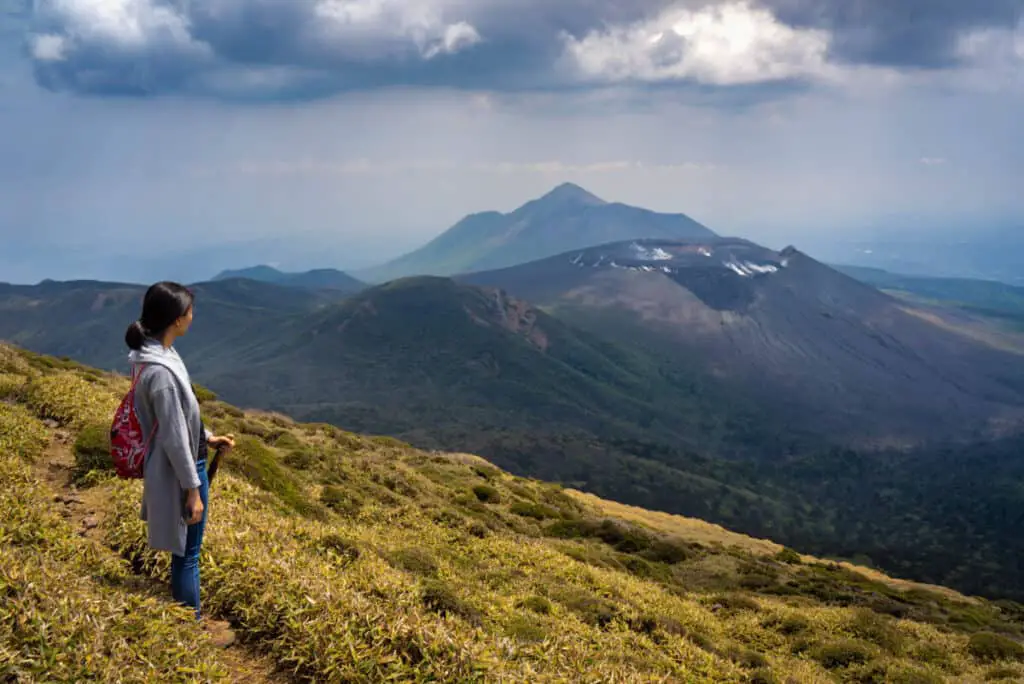
The tallest peak in the Kirishima mountain range is significantly smaller than Mount Fuji and stands at 1770 meters (5807 feet) tall. This makes it a great location if you are interested in hiking and then relaxing in a nearby hot spring experience after a long day’s exercise.
There are women-only, men-only, and unisex baths. There are four distinct types of hot spring experiences to choose from at the Kirishima Hotel and Onsen.
For men and women, there is a variety of indoor and outdoor rotenburo (outdoor) baths (the Daimyo Bath for men the Beauty Bath for women). In the rotenburo spa, there is natural mud for face and skin mud packs. In the invigorating open air and natural surroundings.
Sakurajima
If you are after a little more excitement when it comes to visiting volcanoes then consider visiting Sakurajima. This volcano has erupted every single year since 1955 with a frequency of up to 200 times per year.
There are sometimes even several minor eruptions in one day and the volcano is constantly smoking, making it quite the sight to behold.
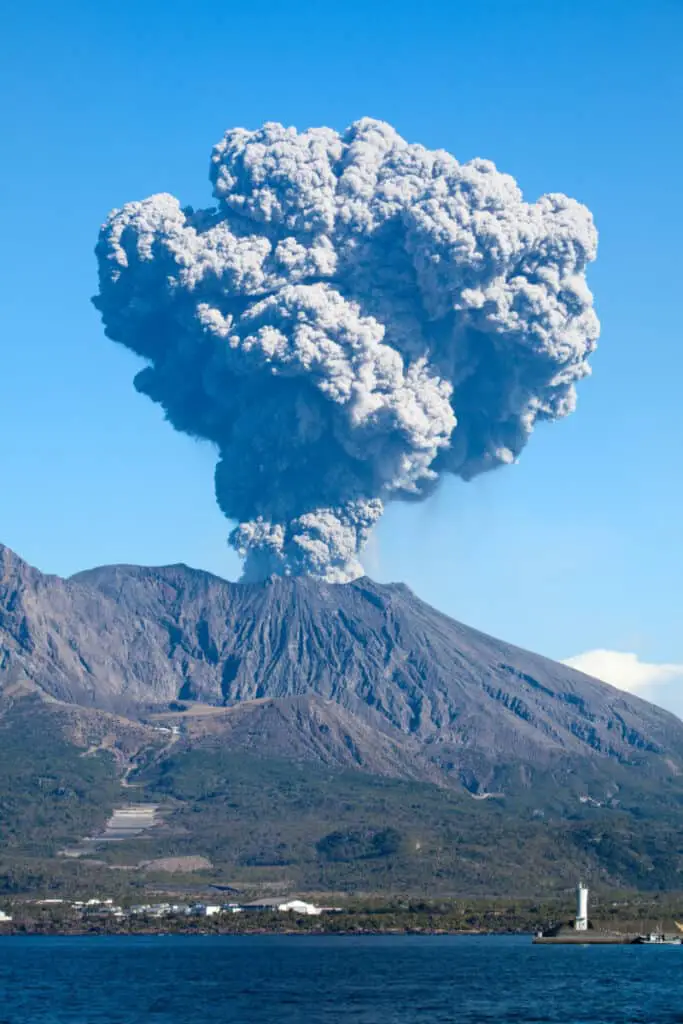
This makes it one of the world’s most active volcanoes and certainly a place to visit if you want to boost your chances of seeing a volcano in all its glory. You can often organize half-day trips to the peninsula with a local guide to ensure that you are able to truly appreciate the beauty and might of this volcano.
Mount Norikura
Mount Norikura is Japan’s third tallest volcano and is home to many crater lakes, meadows, and trails. The mountain is part of the Hide mountains and can be found in the Chubu-Sangaku National Park.
At its peak, the mountain reaches a height of 3025 meters (10515 feet) and is so high up that it is often covered with snow at the top even in summer months.
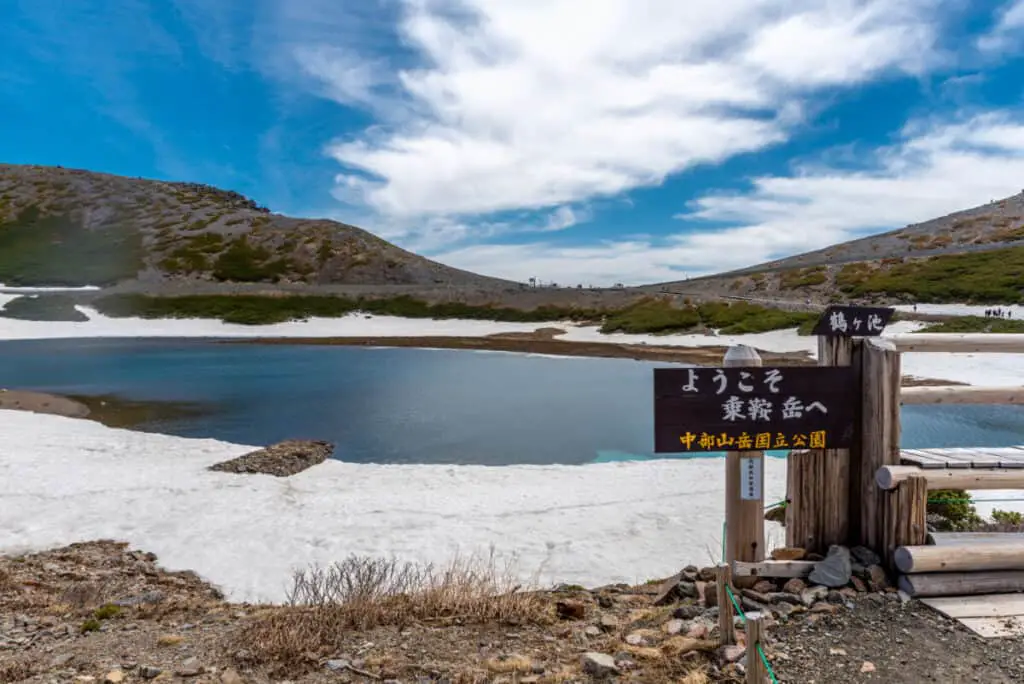
The mountain derives its name from the Japanese for “riding saddle” and is a reference to its shape which is a large plateau and ridge. The stunning views both of and from Mount Norikura mean that it is a very popular place for people to go hiking and spend the day.
Mount Norikura Ski Resort via Tripadvisor
Rishiri island
If you are a photographer on a trip to Japan and you want to photograph a volcano then it will be worth your while going on a trip to Rishiri Island. The island is found off of the coast of Hokkaido and can be spotted thanks to the peak of its inactive volcano.
The volcano reaches a grand height of 1721 meters (5646 feet) and is home to many birds such as Japanese robins and black-tailed gulls.
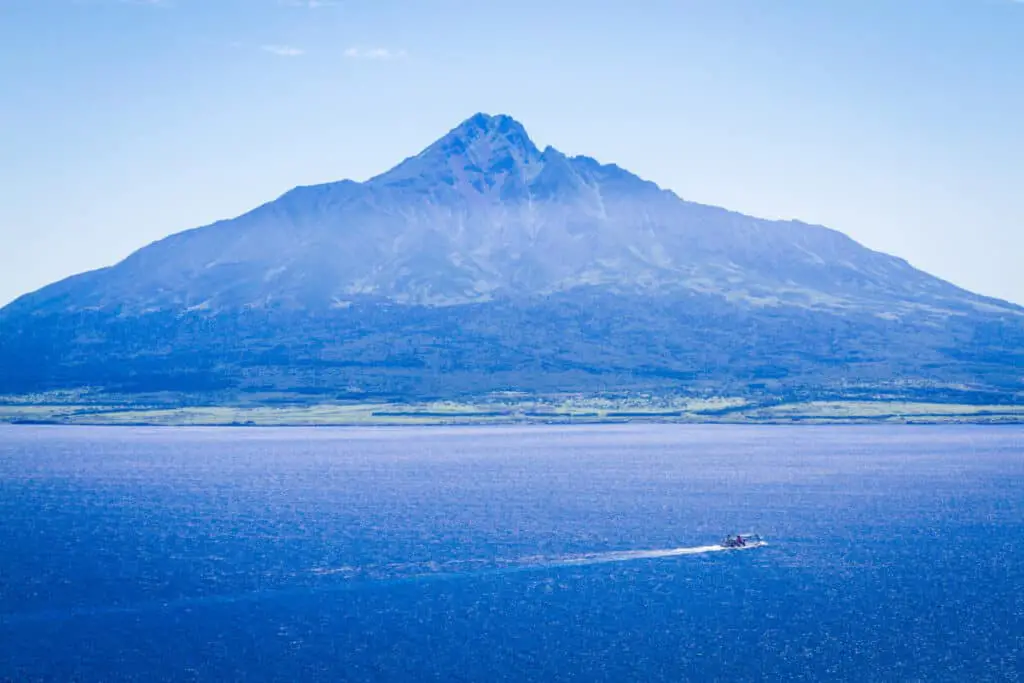
Although it is not the easiest location to reach, if you catch a glimpse of the island at sunset, or sunrise, from the water you are sure to get a spectacular view. Watch as the sun disappears slowly behind the mountain and create a stunning silhouette over the water.
Jigokudani Monkey Park
Perhaps another of the most famous hydrothermal zones in Japan, the Jigokudani monkey park has become famous on the internet in the past few years thanks to a few stunning photographs of the monkeys bathing in the hot springs.
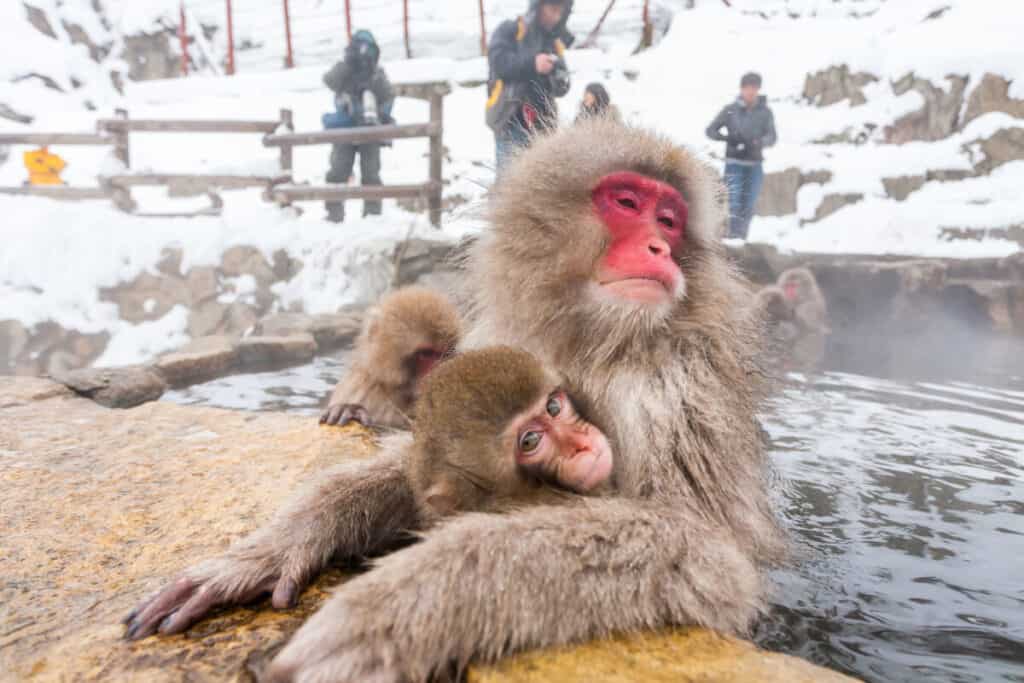
It is popular with both photographers and animal lovers alike. You can choose to enjoy watching the monkeys as they play around in the snow together and then warm up in the hot waters of the onsen, or you can also choose to relax and take a dip into the hot spring yourself.
Conclusion
Japan is a great location to visit for those interested in geography. The country is made up of 70 percent mountainous regions and is home to a significant number of volcanoes. You can choose to make your trip as exciting or as relaxing as you want as you can pick and choose from a number of active or extinct volcanoes to visit.
If you are an avid hiker then note that Japan is home to some of the world’s most beautiful hiking trails and has a range of trails to suit all abilities.
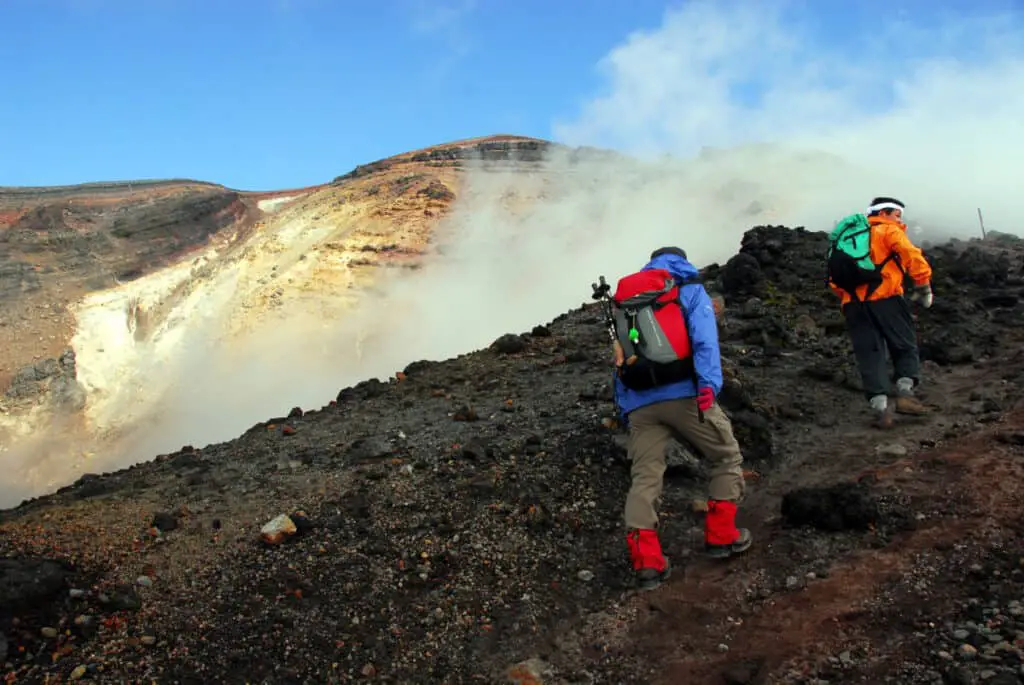
After a long hike, you can also choose to sit back and relax in one of the many onsens that can be found in these regions, making the most of the hydrothermal activity.
Even if you do not wish to hike up the mountains many of the volcanoes can give you a fantastic impression just from viewing them from the ground. Their size and might, especially if you visit a volcano that has minor eruptions every day, will certainly be an event to remember.
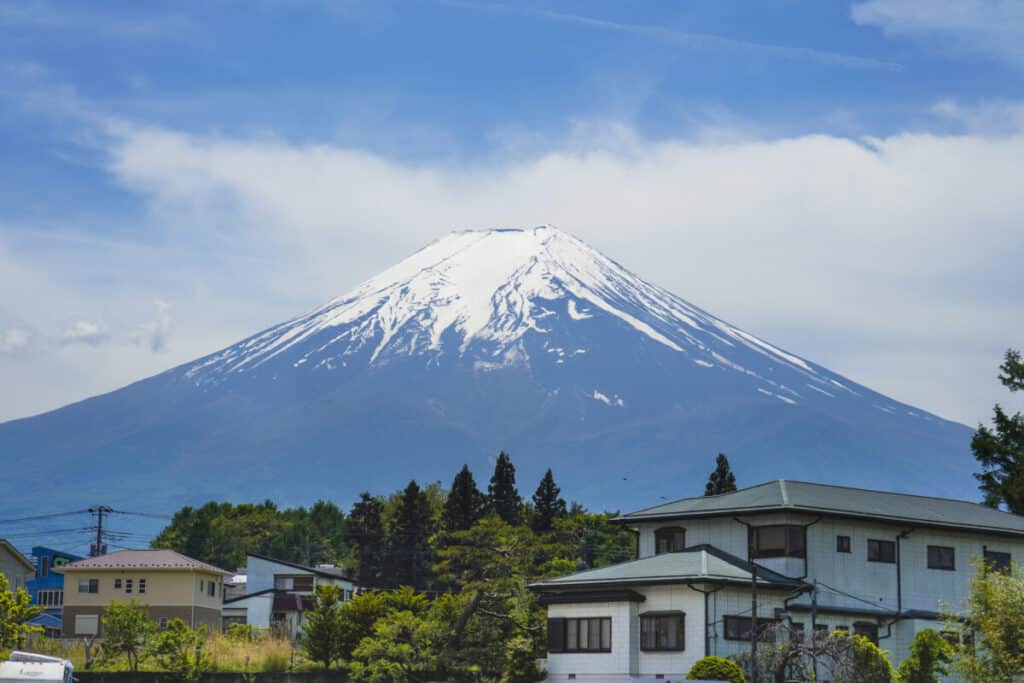
If you are visiting an active volcano it is a good idea to familiarize yourself with Japan’s warning system so that you can make your trip as safe as possible. If possible you should only attend these sites with a local guide who will know where and where not to go, which are the best routes and can help to keep you safe.
If it appears as if a volcano is getting ready to erupt avoid this area if at all possible as it can potentially save you from harm.

